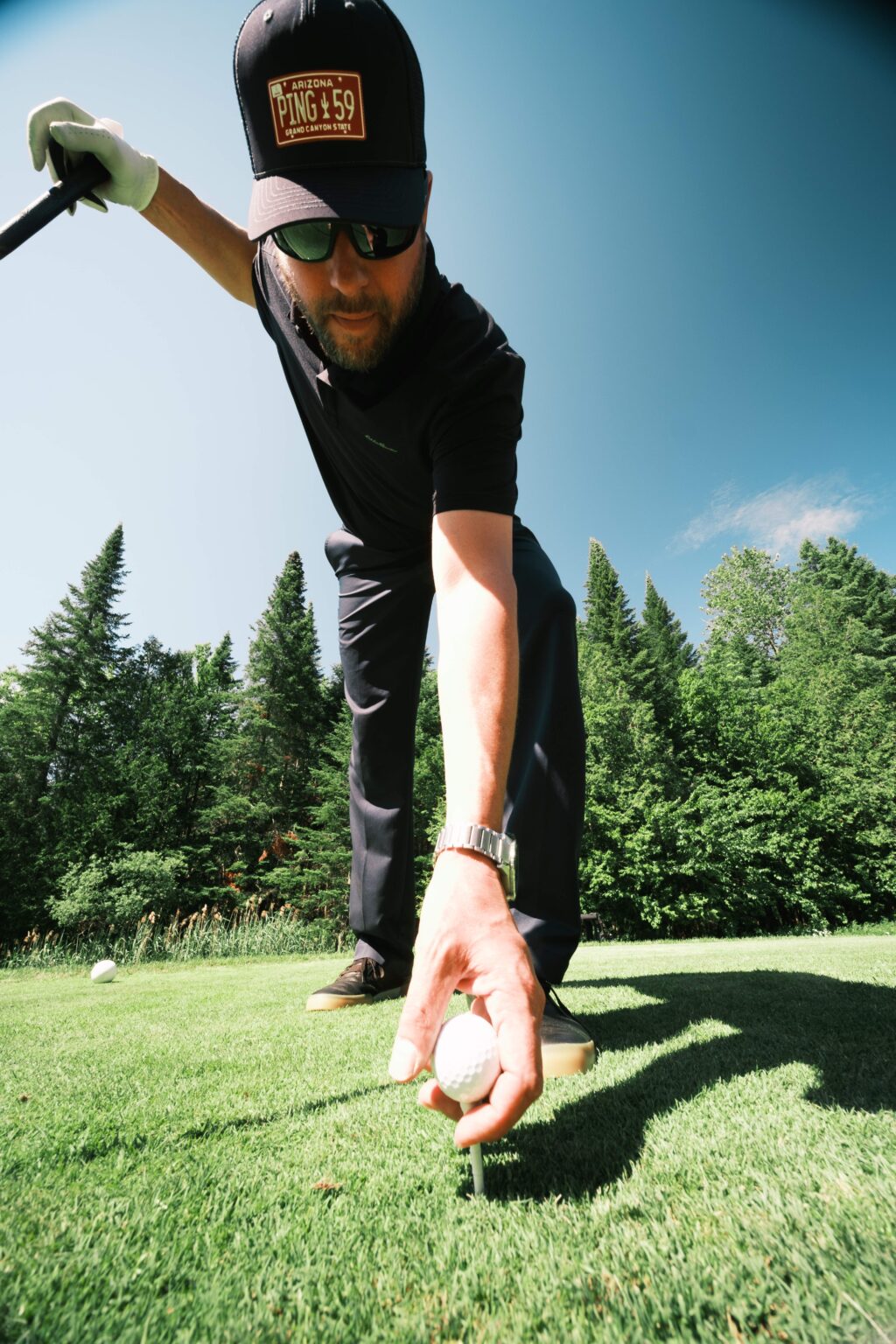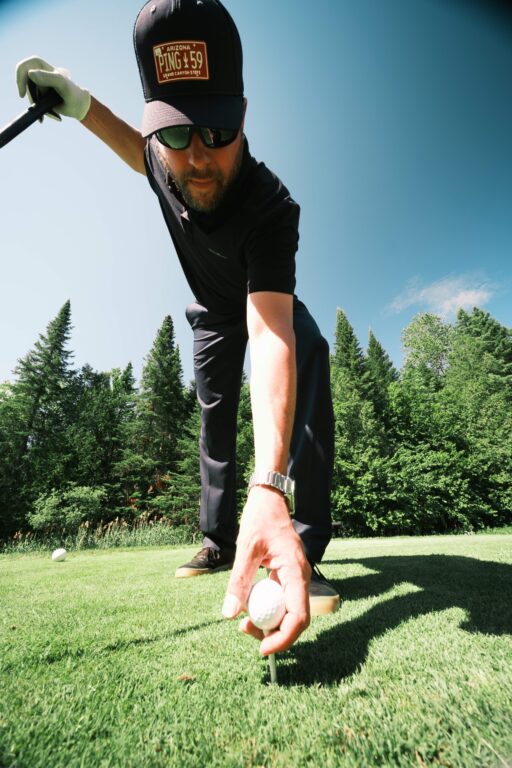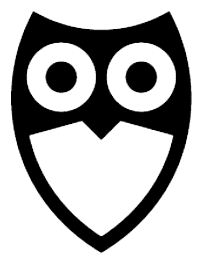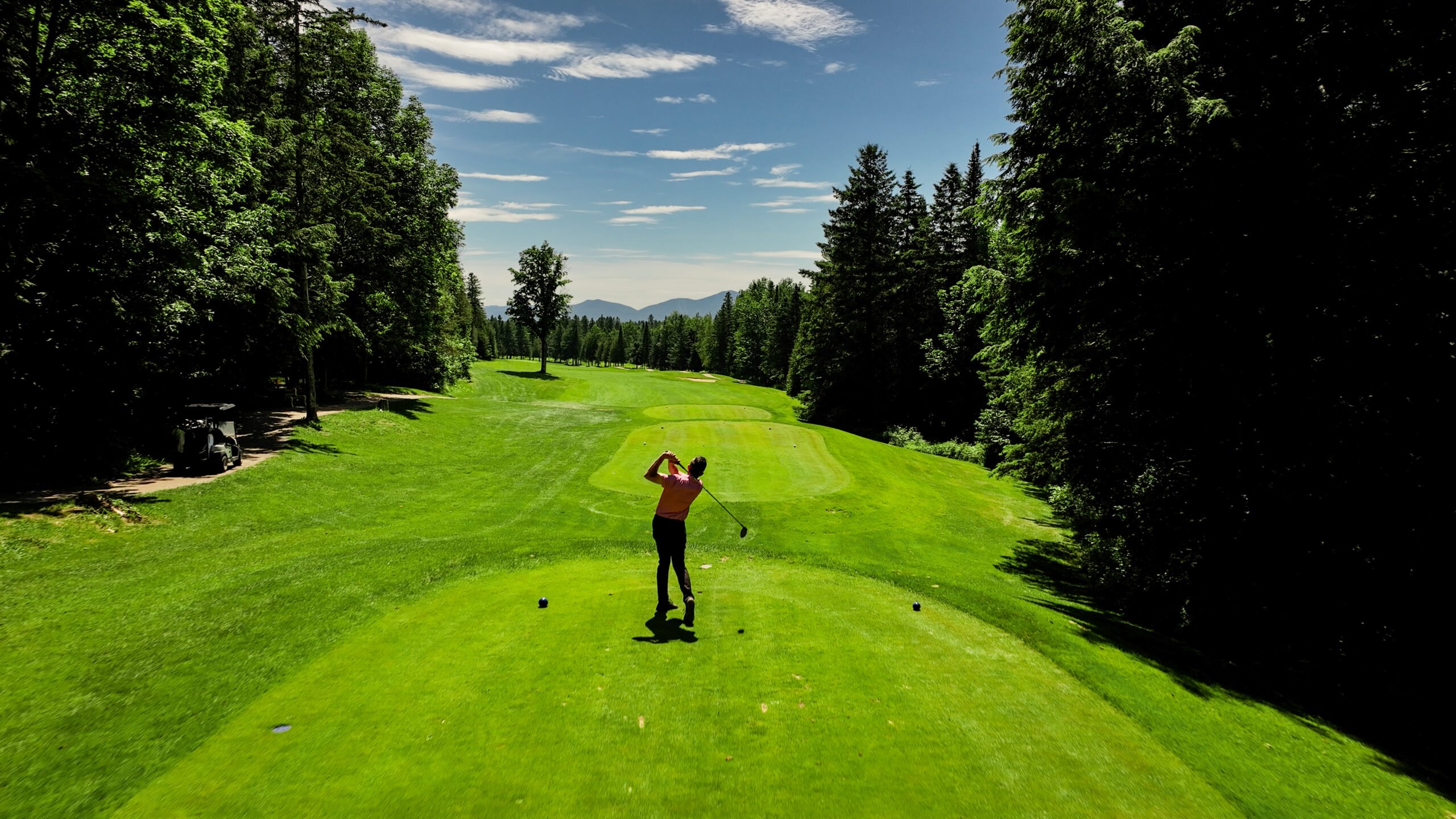
Choosing your golf ball
The golf ball is a very interesting subject to tackle. Probably the most lost piece of equipment in woods and ponds, the ball is far from being a simple sphere that you hit shot after shot. A number of specific features make each ball react in a certain way. Whether it’s the number of layers that form it, its speed and compression, or your level of play, all these elements will have an impact on the behavior of your shot. In this article, we’ll cover the important aspects to consider when choosing a golf ball.

In the 90s, a colored number was printed on the ball to indicate its compression. A ball with a black number, for example, had a compression of 90 or more, while a ball with a pink number had a compression of around 60. The theory is that if a player wanted more distance, he would simply choose a higher compression ball. In other words, pros resorted to balls with a lot of compression, while beginners were directed towards balls with less compression to improve the sensation of control at impact.
Compression is still an important consideration, despite the technological advances of recent years, but it is no longer a priority. Today’s balls have variable compressions, which means that the compression ratio is no longer synonymous with the caliber of the ball. To choose the right bullet, you need to be comfortable with it at the moment of impact. In other words, you’ll have to try several to find the one that’s right for you.
Ball companies will distinguish themselves greatly on the precision of their product in the short game. Indeed, bats have greatly evolved in recent years and are capable of offering much greater distance than before, making the principle of compression less appropriate. In this sense, balls marked “soft” or “super soft” will offer a greater feel at impact on a lobbed or rolled shot, as well as more “spin”, enabling better control on the green when landing. This is not the only aspect to consider when shopping for a ball. The speed of your tee shot is also important. A player who hits below 90 mph will be able to cover a greater distance with a “soft” ball since it will compress and explode more easily as it leaves the clubface.

For many players, a used ball is an option that takes precedence over a new one. Although they are not bad balls, there are a few aspects to consider when playing with them. For optimum performance, make sure the writing is legible and the color of the ball is clear. This means it’s not too old or worn, and hasn’t lost too many of its properties. This concept also applies to balls found in lakes and woodlands! Refurbished” balls have been repainted and the writing redone. With them, there’s no way of knowing the quality and wear, so they’re likely to perform less well than others. For those of you who were wondering, driving range balls are not permitted on Quebec golf courses.
In the end, the best golf ball for you will be the one that gives you the best sensation on contact. Obviously, different ball technologies will have an impact on their performance, but if you’re not comfortable with a certain ball, its characteristics won’t bring you many advantages. Test the different styles and brands on the market, don’t be intimidated by the technical specifications, and you’re sure to find the ball that’s right for you.




